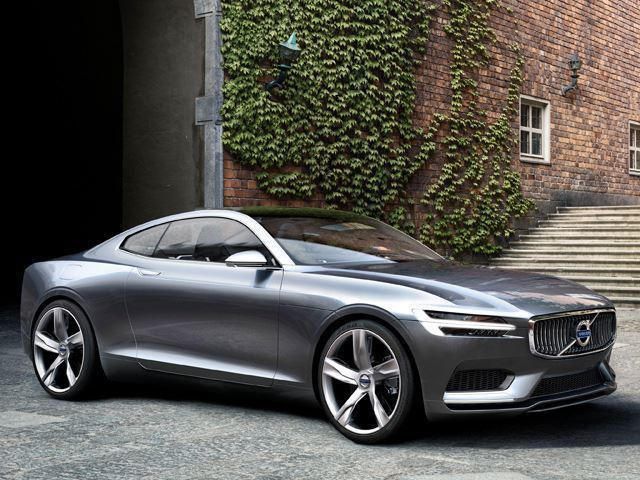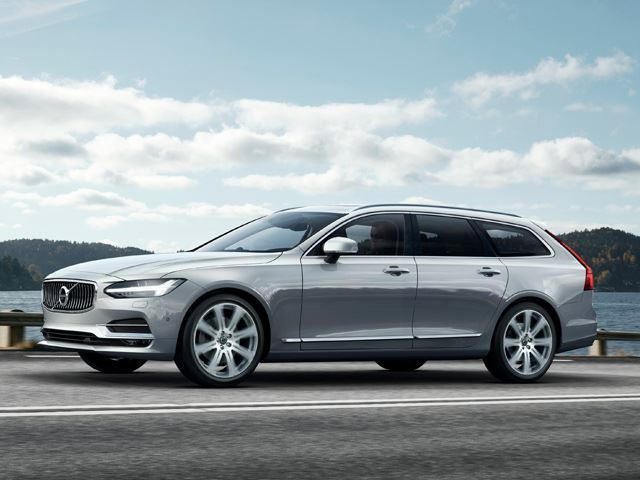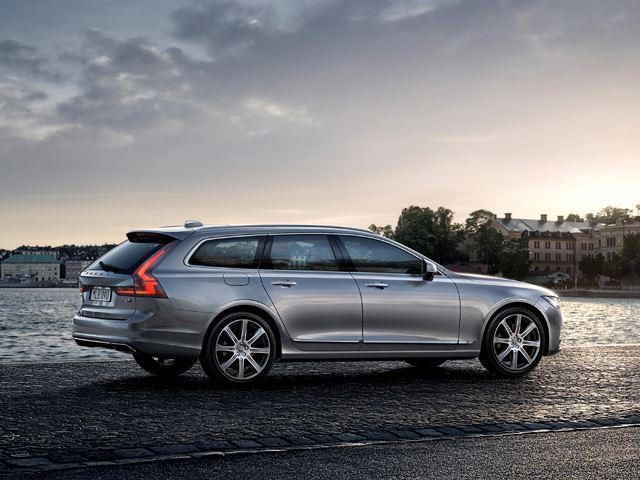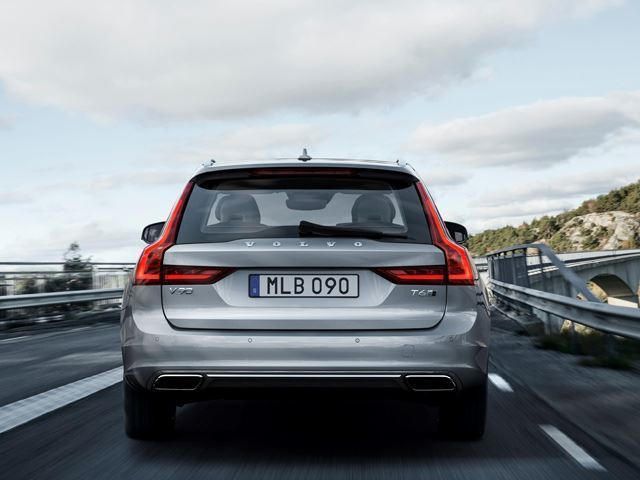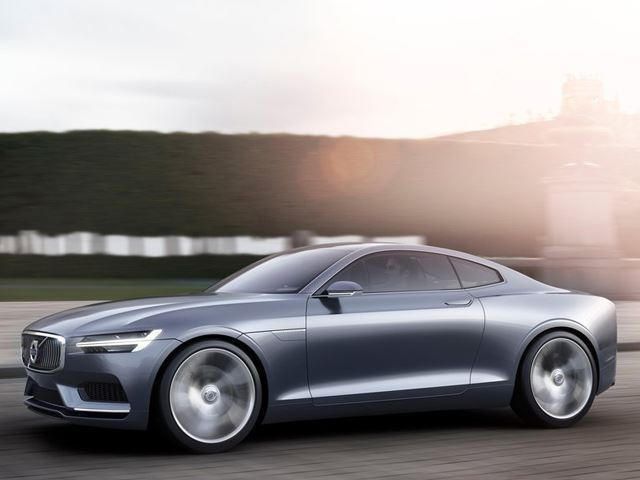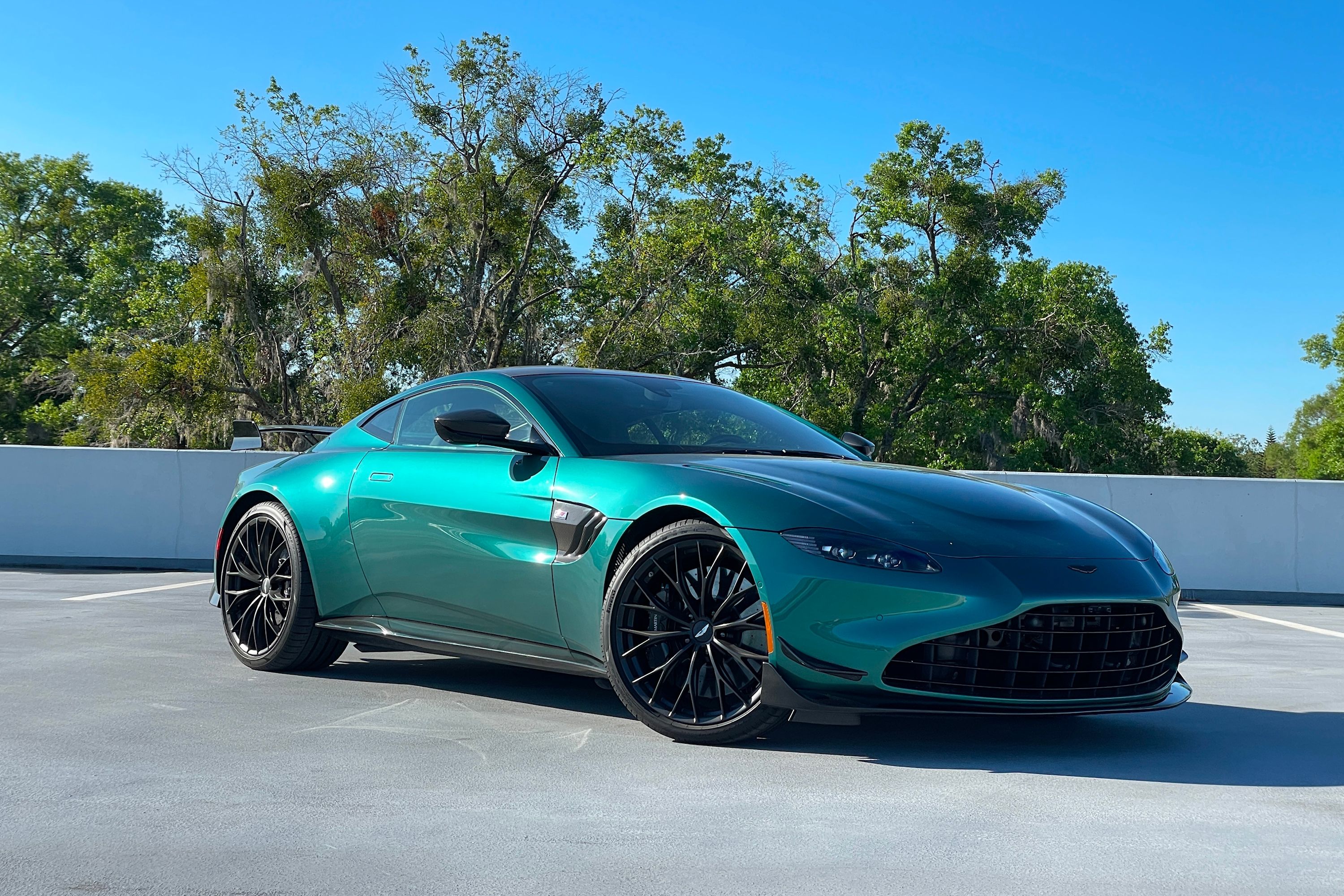
The old maxim used to go: "there's no replacement for displacement." The problem with that phrase is that increasingly, we are finding that it's not true. Back in the days of cavemen, it was the Neanderthal with the biggest club who ruled the tribe. Then one day, a caveman discovered how to make a bow and arrow and the rest is history. Days ago we reported that Volvo will debut cars tuned by its in-house Polestar division that will make over 600 horsepower with a 4-cylinder engine.
Figures like this boggle the mind, so it's important to try and explain just how Volvo will get there. First, let's clarify that 150 of those rampant ponies will come from electric motors. In other words, future Volvos will have something in common with the hybrid hypercar trinity. However, this fact shouldn't detract from the real miracle that will help Volvo. It happens to be a small 2.0-liter four-cylinder warrior, and while most engines of this size can be categorized as anything but exciting, this engine produces 450 horsepower that shouts otherwise. For those who don't know, let's start by going through a bit of a lesson on horsepower per liter. Essentially, having it so more horsepower comes out of each liter of engine real estate places more stress on an engine.
In a 2016 Toyota Land Cruiser, there is a massive 5.7-liter engine that produces a snooze worthy 381 horsepower. It means that out of all 5.7 liters of potential, each liter is only tasked with cranking out 66.84 horsepower. An engine like this can live a long and healthy life because its parts are relatively untaxed. On the other hand, a motor like the one that lives inside of the Mercedes-Benz CLA45 AMG is one of the densest units currently available on the market. It cranks out 355 horsepower, only 26 less than the Land Cruiser, using only 2.0-liters of space. In the past, getting an engine to make more than 100 horsepower per liter was an accomplishment, but the CLA45 AMG cranks that up to 177.5 horsepower per liter.
Usually, engines with this capacity are only used in race cars since they aren't required to be as reliable as passenger cars. Still, the advantages of small engines with high power ratings are increasing by the day as miles per gallon are championed over horsepower. To get the best of both worlds, it becomes important to find a way to make high-stress engines viable for the consumer market. So how is it possible that Volvo has just created the Holy Grail; a power plant with a mind boggling 450 horsepower, using only two liters of empty space inside of bored out aluminum? With 225 horsepower per liter, the four-cylinder engine is the modern day equivalent of turning water into wine.
To make it happen, Volvo relied on clever engineering using existing technology to create something new. This is similar to how our caveman used sticks, stones, and fiber to make the first bow and arrow because the ingredients to Volvo's T8 engine are already on the market. High precision engine components are mated to two turbochargers and a supercharger to make the magic happen. Instead of channeling all of the compressed air from the three sources into the engine, the electric supercharger instead blows air into the turbochargers to spool them up while they wait for exhaust gases to take over. This effectively cuts turbo lag, making the small engine feel like it truly does have extra displacement and isn't using forced induction crutches.
On rare occasions, such as when the driver is pushing the Polestar hard, the supercharger stops blowing the turbochargers once they are fully spooled up and instead diverts the extra force into the engine. The result is that over 50 psi of force is diverted into the engine. In order to keep up, high-pressure fuel injectors spray in the high-octane fuel at 250 bar to make sure that no cylinder goes hungry. The result of all the effort is a cascade of benefits. In normal city driving, the four-cylinder gets mile per gallon ratings that you'd expect a 2.0-liter to get. However, when a driver demands some time alone on a winding hill with a happy right foot, the full 600 horsepower is on tap to put other cars to shame.
Even though Volvo uses electric motors to supplement a powertrain that would be incredible on its own, the implications for Volvo's invention can help to change the game as we know it. With smaller engines, everything about a car changes. Suddenly, engine bays don't need to be as large. This opens up space for storage, electric motors, and batteries. The overall weight of the car is also reduced, aiding driving dynamics and improving fuel economy. Soon we may see a day where lawnmower engines reside in passenger cars and the latest Ferrari has a downsized engine with unbelievably high outputs. Whether this is worthy of praise or a cringe, for now we can't complain about seeing yet another high horsepower option hit the streets.

